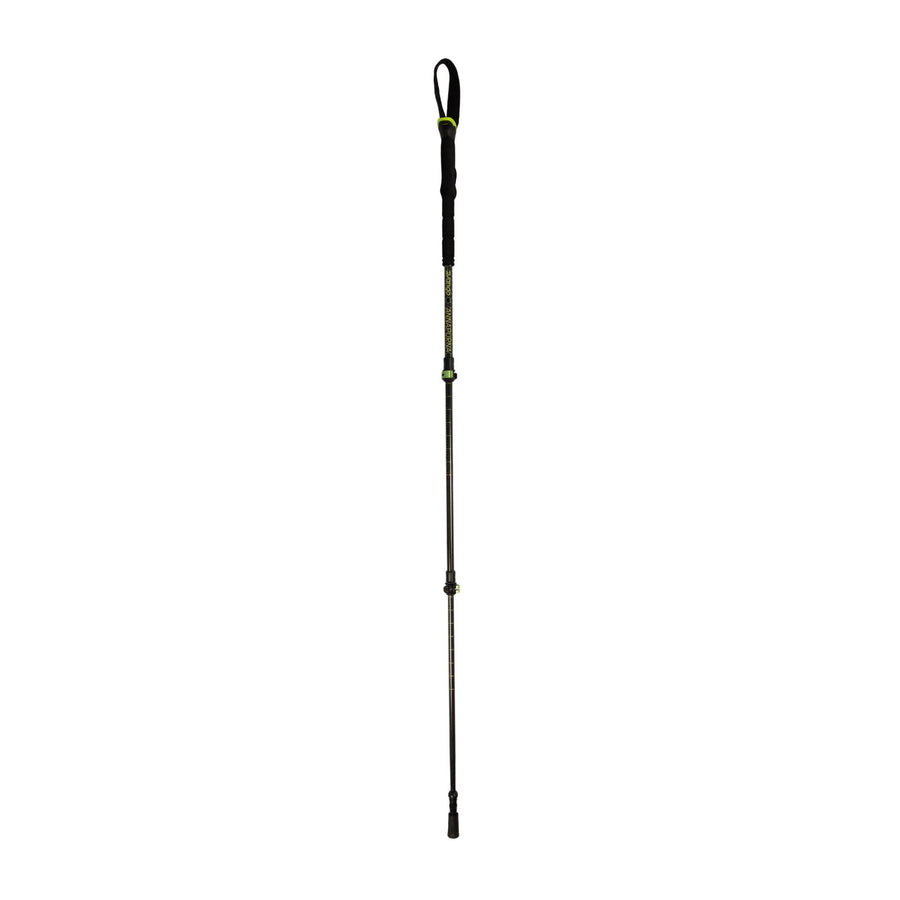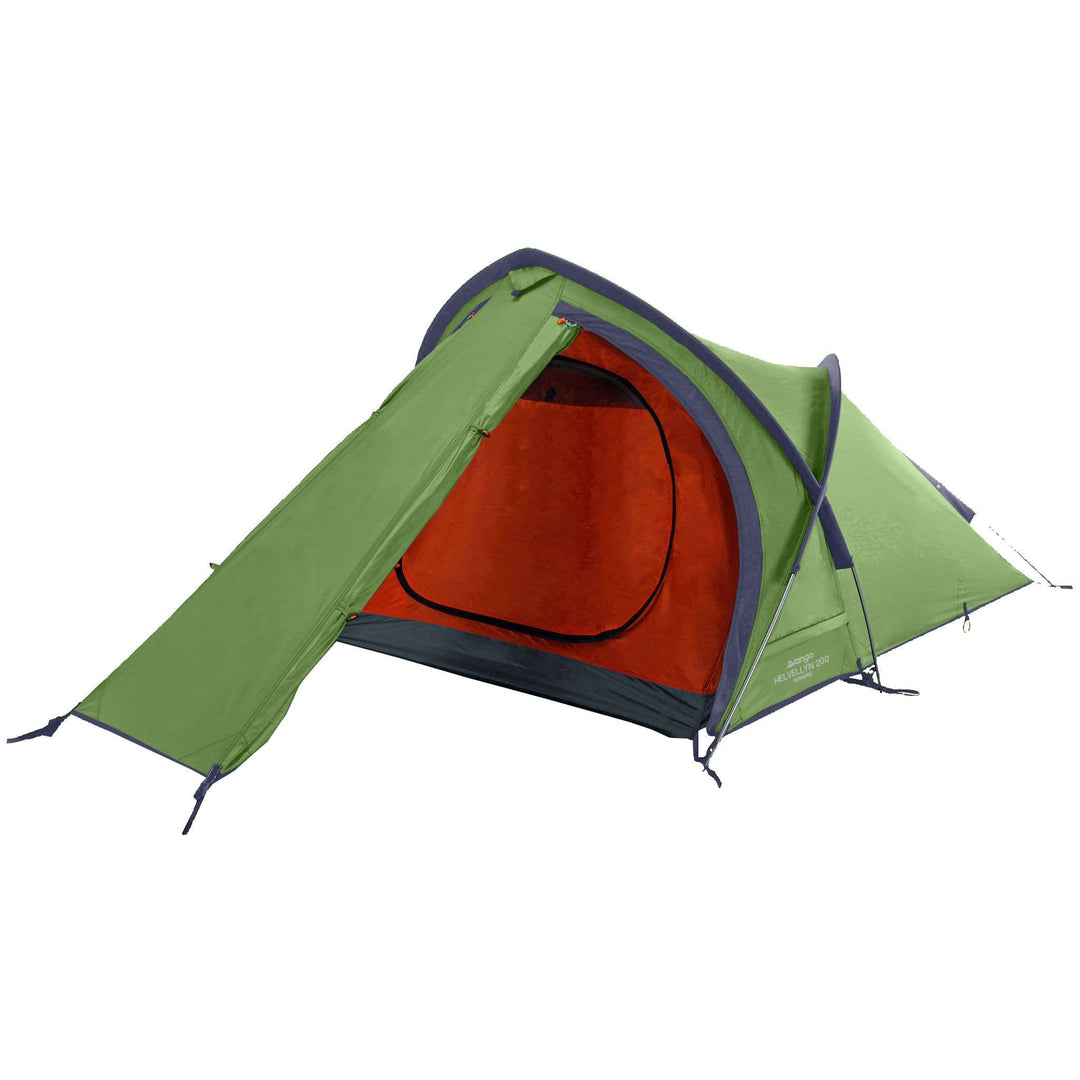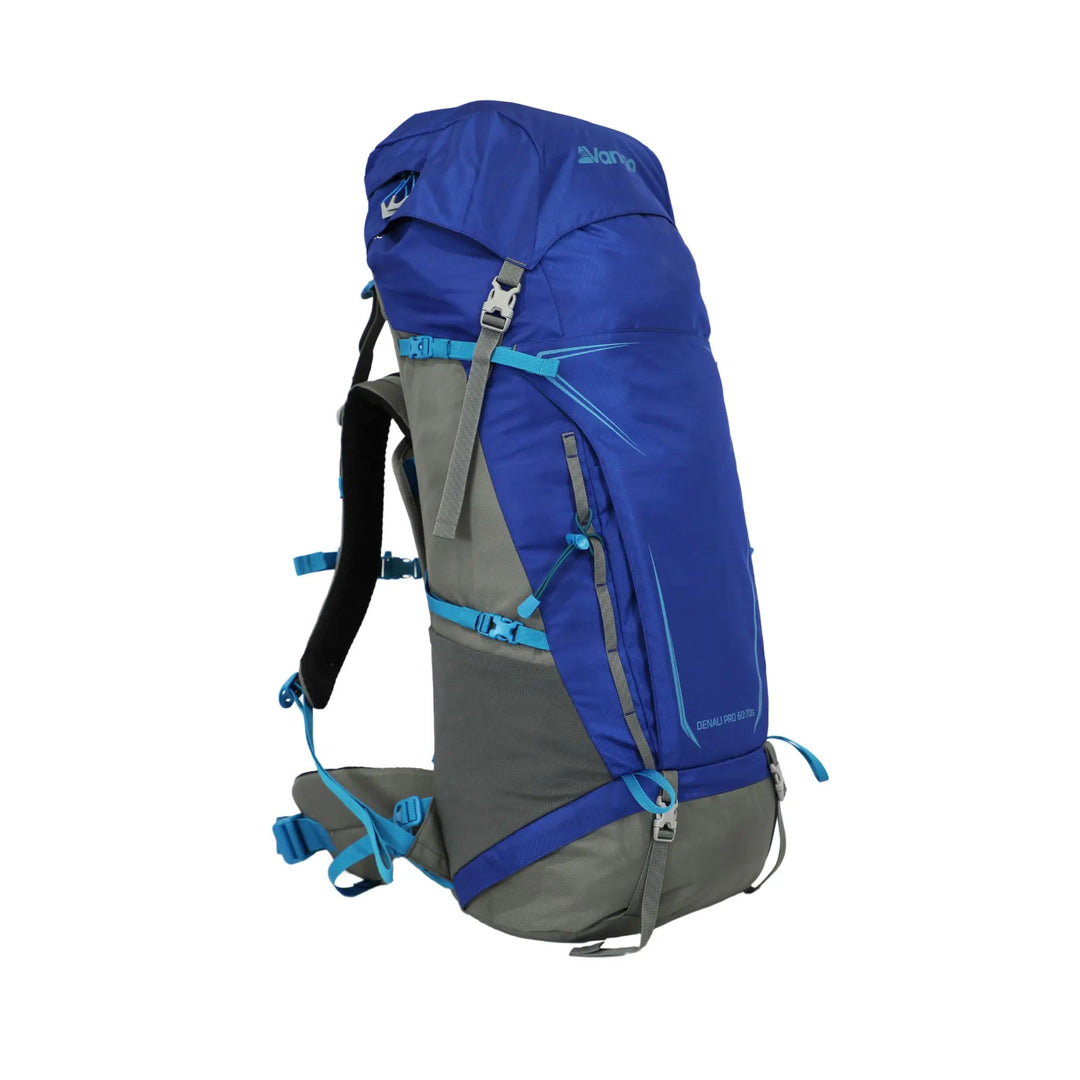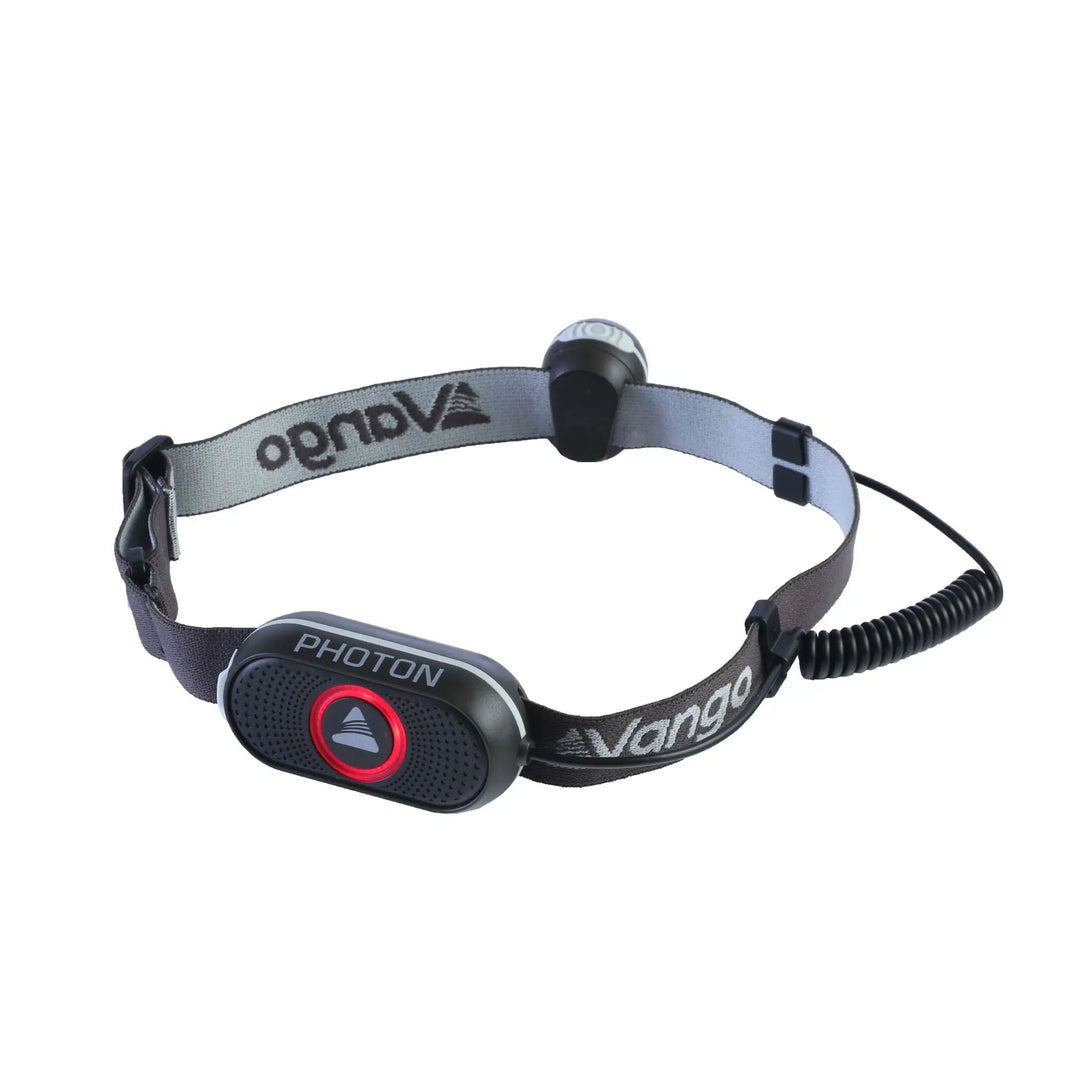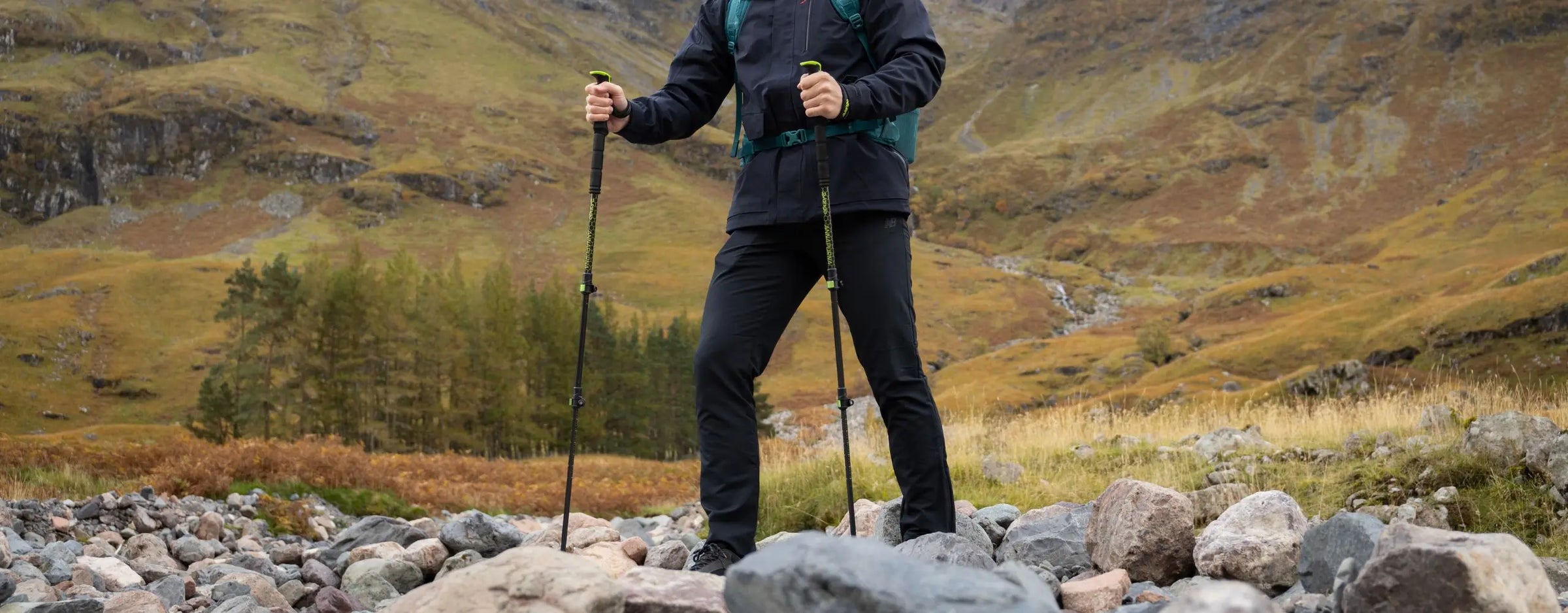
Explore WM Camping’s range of walking poles, designed to offer comfort, stability, and durability. Perfect for everything from gentle strolls to challenging trails, these poles provide the balance and support needed for a confident outdoor experience. Made from lightweight materials and featuring ergonomic designs, they deliver reliable performance for every step of your journey.
Helpful Links
Walking Poles, Hiking Sticks & Trekking Poles at WM Camping
What Are Hiking Poles Used For?
Hiking poles – also known as trekking poles, walking poles or hiking sticks – are used to support your balance, ease pressure on your joints, and help establish a steady rhythm while walking. Whether you prefer using one or a pair, they’re particularly handy on uneven ground, steep ascents or descents, and during long hikes when fatigue can set in. To learn more, read our Walking & Trekking Poles Buying Guide.
Why Use Walking Poles for Hiking?
Some walkers rely on poles regularly, while others manage perfectly well without. There’s no one-size-fits-all answer, but there are several advantages to using them, especially on demanding terrain.
Advantages of hiking poles include better balance – on loose, rocky or muddy ground, poles can give you extra stability. You can also use them to test the surface ahead or move aside vegetation. If your knees, hips or ankles feel the strain on longer hikes, poles can help ease the pressure and distribute weight more evenly. Uphill climbs and downhill stretches are often easier with a bit of extra support. Poles can help prevent slips and give added control. Some walkers find they get into a more consistent stride using poles. They can also help engage your upper body more during a hike. When used correctly, poles encourage a more upright position, helping to avoid hunching forward as you walk.
Potential drawbacks to consider include the fact that engaging your arms means more overall effort, which can be tiring for some. That said, it’s also a way to increase your workout. Metal tips can damage paths or sensitive ground, though many poles include rubber tips or baskets to help reduce this. Poles need to be used properly to be beneficial—incorrect use can make walking more awkward or even increase the risk of falling.
Do Walking Poles Really Help on a Hike?
Yes, walking poles can be helpful – but only if you’re using them correctly. Letting them dangle from your wrists or leaning heavily on them can do more harm than good. In the event of a trip or stumble, poles strapped tightly to your wrists could prevent you from catching yourself.
Used the right way, poles can support your walking posture and make tough sections easier. Your elbow should form a right angle, with your forearm parallel to the ground. Avoid gripping too tightly and keep your posture relaxed and upright. It’s also worth checking your footwear before heading out – quality hiking boots or shoes make a big difference.
How Long Should Hiking Poles Be?
To find the right height, stand upright and bend your elbow to 90 degrees with your forearm flat. The pole handle should meet the palm of your hand. Most trekking poles are adjustable to suit different heights.
You may need to adjust the length as the terrain changes: shorten the poles slightly when walking uphill and lengthen them a little for descents. You shouldn’t feel as though you’re stretching forward or leaning back. The aim is to walk comfortably and in control.



